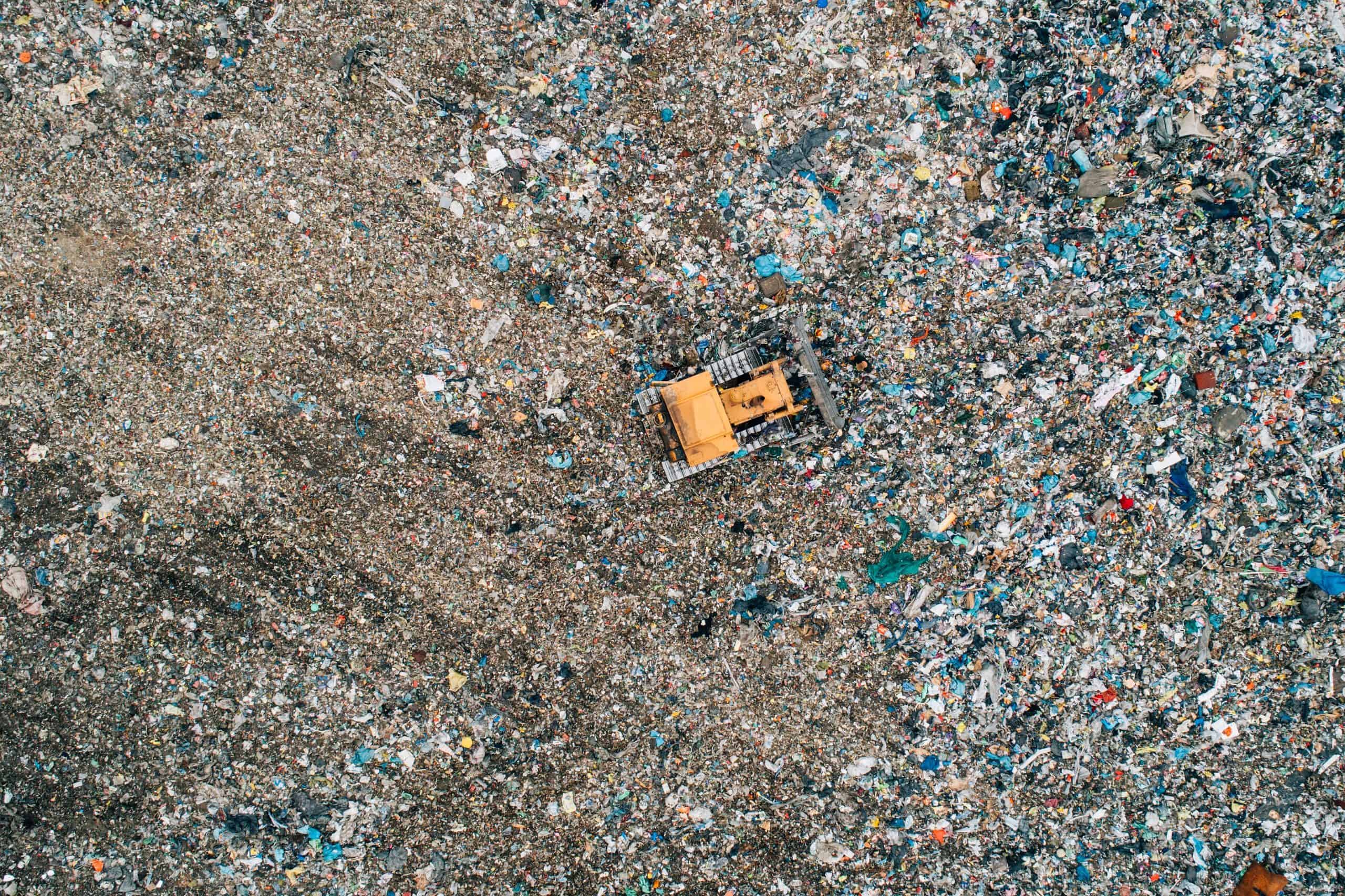The Environmental Impact of Asphalt Shingle Waste
Asphalt shingle waste is a significant environmental concern that often goes unnoticed. With the increasing demand for roofing materials, the disposal of old or damaged asphalt shingles has become a pressing issue. The accumulation of these shingles in landfills not only takes up valuable space but also poses a threat to our environment.
The environmental impact of asphalt shingle waste extends beyond landfill pollution. The production and transportation of new asphalt shingles contribute to greenhouse gas emissions and energy consumption. Additionally, the extraction of raw materials for manufacturing new shingles further depletes natural resources.
However, there is a solution that can help mitigate these environmental concerns – recycled shingles. Recycling asphalt shingles not only diverts waste from landfills but also reduces the need for new material extraction and production. By repurposing old shingles into new products, we can significantly reduce the environmental footprint associated with roofing materials.
Join us as we uncover the hidden consequences of asphalt shingle waste and discover sustainable solutions that can pave the way towards a greener future.
How Recycled Shingles are Produced and Processed
Recycled shingles are an environmentally-friendly solution for sustainable roofing materials. The process of producing and processing these recycled shingles involves several key steps.
Firstly, the recycling process begins with collecting used shingles from various sources, such as construction sites or roofing contractors. These collected shingles are then transported to specialized shingle recycling facilities.
At the recycling facility, the shingles undergo a thorough sorting and cleaning process. Any contaminants, such as nails or other debris, are removed to ensure a high-quality end product. The clean shingles are then processed through grinding equipment that breaks them down into smaller particles.
Next, the ground-up shingle material is carefully inspected to ensure it meets quality standards for asphalt recycling. This material is then mixed with other components like aggregate and asphalt binder to create a recycled asphalt mixture.
The recycled asphalt mixture can be used in various applications, including road construction and maintenance projects. It offers similar performance characteristics to traditional asphalt, but with the added benefit of reducing waste and conserving natural resources.
By utilizing recycled shingles in the production of sustainable roofing materials, we can significantly reduce landfill waste while promoting a more circular economy. This approach benefits the environment and contributes to more cost-effective and eco-friendly construction practices in the long run.
The Advantages of Using Recycled Shingles in Construction Projects
Using recycled shingles in construction projects offers several advantages, making them a popular choice for eco-conscious builders. These shingles are made from recycled building materials, such as asphalt and metal, diverting waste from landfills and reducing the demand for new raw materials.
One of the primary benefits of using recycled shingles is their positive impact on the environment. By reusing materials that would otherwise end up in landfills, builders contribute to sustainability and reduce their carbon footprint. This eco-friendly approach aligns with the growing demand for greener construction practices.
In addition to being environmentally friendly, recycled shingles also offer cost-effectiveness. Compared to traditional roofing options, they are often more affordable due to lower production costs associated with recycling materials rather than manufacturing new ones. This makes them an attractive choice for budget-conscious builders without compromising on quality or performance.
Furthermore, these shingles are known for their durability. They undergo rigorous testing to ensure they meet industry standards and can withstand harsh weather conditions over an extended period. Recycled shingles often have warranties similar to those of new roofing materials, providing peace of mind to homeowners or project managers.
Overall, using recycled shingles in construction projects presents a win-win situation by promoting sustainability while offering cost-effective and durable roofing options. As more awareness is raised about the benefits of eco-friendly building materials, it is expected that the demand for recycled shingles will continue to grow in the future.
The Role of Government and Industry in Promoting the Use of Recycled Shingles
Government and industry play crucial roles in promoting the use of recycled shingles and implementing effective waste management policies. By incentivizing the recycling of shingles, they can encourage individuals and businesses to participate in sustainable practices.
One way governments can promote recycling is by offering financial incentives or tax benefits to companies that recycle shingles instead of sending them to landfills. These incentives can help offset the costs associated with recycling and make it a more attractive option for businesses.
In addition to government initiatives, industry plays a vital role in promoting the use of recycled shingles. Many companies have taken proactive steps towards sustainability by implementing their own recycling programs or partnering with recycling facilities. These initiatives not only reduce waste, but also contribute to a circular economy, where materials are reused instead of being discarded.
By working hand in hand, government and industry can create a supportive environment for the recycling of shingles. This collaborative effort will reduce landfill waste and contribute to resource conservation and environmental sustainability.
Showcasing Successful Case Studies: Buildings with Recycled Shingle Roofing
In recent years, sustainable construction projects have gained significant attention and recognition for their positive impact on communities and the environment. One notable aspect of these projects is the use of recycled shingle roofing, which has proven to be a successful and eco-friendly solution.
One prominent measure of sustainability in construction is LEED (Leadership in Energy and Environmental Design) certification. Many buildings with recycled shingle roofing have achieved this prestigious certification, showcasing the effectiveness of this sustainable building practice.
These successful case studies demonstrate how recycled shingle roofing can contribute to energy efficiency, waste reduction, and overall environmental conservation. By repurposing materials that would otherwise end up in landfills, these projects not only reduce waste but also contribute to the conservation of natural resources.
Furthermore, buildings with recycled shingle roofing have a positive impact on communities. They serve as examples of sustainable practices that prioritize environmental responsibility while still meeting design and functionality requirements. These structures inspire other developers and homeowners to consider similar approaches when constructing or renovating their own properties.
Showcasing successful case studies of buildings with recycled shingle roofing highlights the potential for sustainable construction projects to make a significant difference. These examples demonstrate how incorporating eco-friendly practices can lead to LEED certification and positively impact both the environment and local communities.
Join the Effort to Reduce Landfill Waste by Choosing Recycled Shingles for Your Roofing Needs!
Deciding to use recycled shingles for your roofing needs is a proactive step towards reducing landfill waste. By opting for these environmentally friendly materials, you are contributing to the conservation of natural resources and minimizing the amount of waste that ends up in landfills.
Choosing recycled shingles not only benefits the environment but also offers several advantages for homeowners. These shingles are durable, cost-effective, and often indistinguishable from traditional roofing materials. They can provide the same level of protection and aesthetic appeal while reducing your carbon footprint.
Furthermore, by supporting the use of recycled shingles, you are encouraging sustainable practices within the construction industry. This can help drive innovation and create a market demand for more eco-friendly building materials.
So, join the effort to reduce landfill waste by considering recycled shingles for your roofing needs. By making this conscious decision, you can make a positive impact on both your home and the environment.
Contents
- The Environmental Impact of Asphalt Shingle Waste
- How Recycled Shingles are Produced and Processed
- The Advantages of Using Recycled Shingles in Construction Projects
- The Role of Government and Industry in Promoting the Use of Recycled Shingles
- Showcasing Successful Case Studies: Buildings with Recycled Shingle Roofing
- Join the Effort to Reduce Landfill Waste by Choosing Recycled Shingles for Your Roofing Needs!



